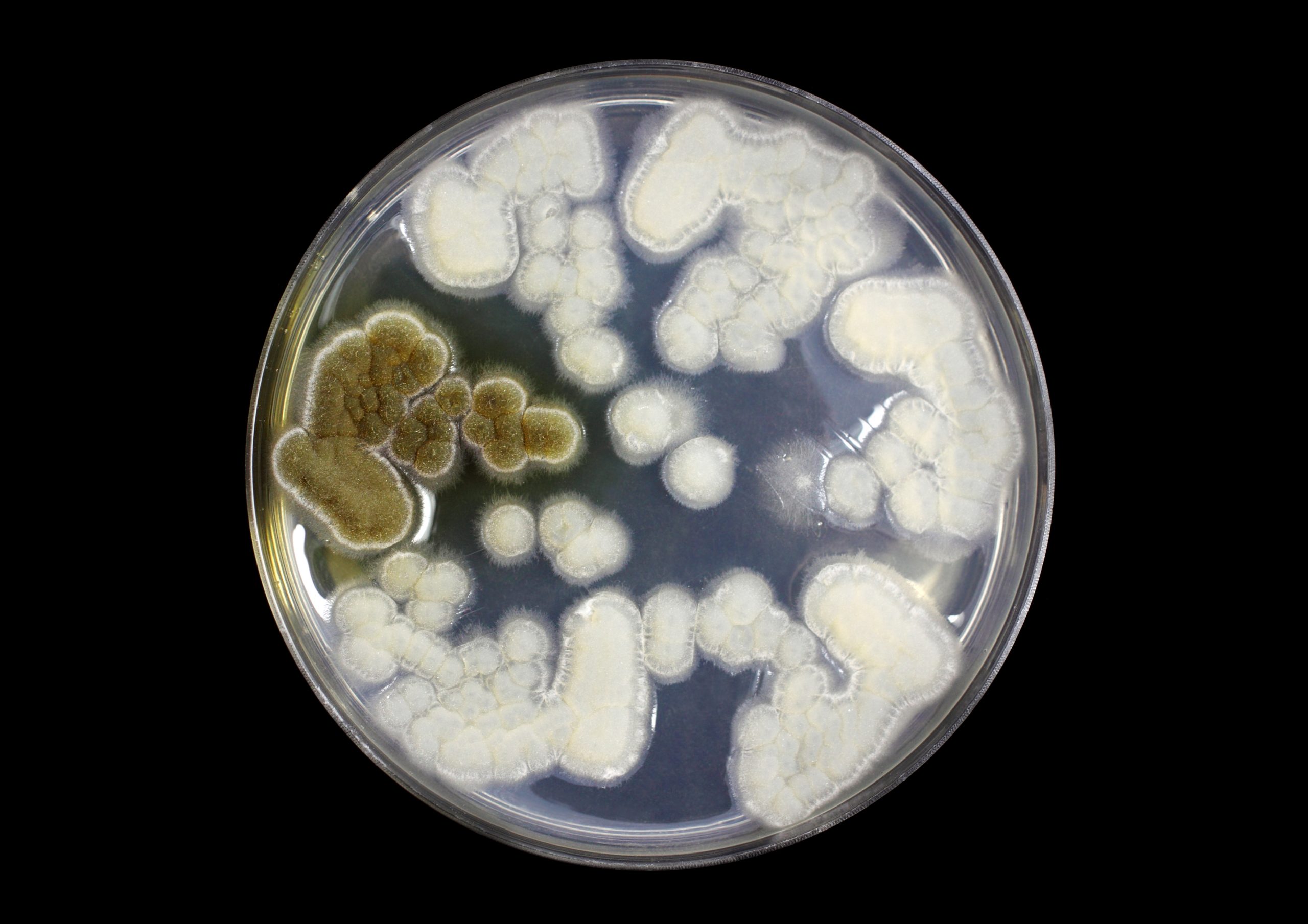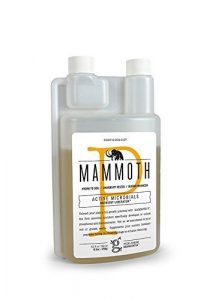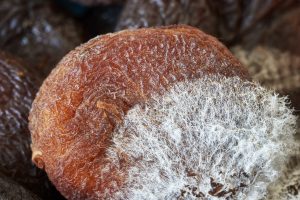When you run into trouble along with your grow you’ll want to act as fast as possible to forestall bigger problems. This guide will learn you all about bacterial and fungal issues that will occur together with your grow.
Troubleshooting Fungal Issues
- Ampelomyces Quisqualis
- Bacillus Pumilus and Bacillus subtilis
- Barley Straw Rafts and Pellets
- Copper
- Gliocladium – Beneficial Fungus
- Hydrogen Peroxide
- Milk
- Neem Oil
- pH Up and pH Down
- Potassium Bicarbonate
- Pseudomonas
- Quaternary Amines
- Silica and Silicate Salts
- Silver
- Sodium Bicarbonate
- Streptomyces Griseoviridis – Beneficial Bacteria
- Sulfur
- Trichoderma – Beneficial Fungi
Ampelomyces Quisqualis
These are present hyperparasites of mildew. They form colonies on the infection, reducing growth and will eventually kill mildew on cannabis leaves. Rain perpetuates the life cycle of this beneficial fungus. A formulated powder is offered under the name AQ-10.
Bacillus Pumilus
Bacillus Pumilus may be a spore-bearing bacterium found in soil. it’s proof against environmental stresses, include UV light. the expansion of Bacillus Pumilus on plant roots prevents Fusarium spores from germinating. an ad product is on the market by the name of Sonata. Application boosts the cannabis plants’ system, inhibiting fungal germination and growth.
Bacillus Subtilis
Bacillus Subtilis could be a present anti-fungal bacterium found in soils. it’s proven to fight blight, gray mold, and several other strains of mildew yet have no adverse effects on the environment or humans. For this reason, it’s been approved as a fungicide and bactericide to be used in organic farming. grass bacillus compounds prevent pathogens from colonizing crops. This biological fungicide may be procured online under several brand names. Two strains are available; one for foliage applications (QST 713) and one to be used as a soil amendment at the time of planting (GB03 or MBI600).

Barley Straw Rafts and Pellets
Barley straw rafts are utilized in hydroponic cannabis systems to inhibit the expansion of algae. Barley straw doesn’t kill existing algae but does prevent the expansion of the latest algae cells. While barley straw has not been approved by the EPA to be used publically in waters, it’s available for purchase by homeowners for hydroponics and personal ponds.
Copper
The use of copper as a fungicide has been practiced for hundreds of years. the foremost popular use today is within the kind of fungicide, which mixes sulfate with lime. the aim of adding lime to copper sulphate is to cut back the damaging effect copper sulphate can wear marijuana plants. it’s another benefit that antifungal agent is additionally effective in controlling bacteria. As such, it’s a decent combatant for plant diseases caused by fungi and bacteria like mildew, false mildew, leaf spots, and leaf blight. fungicide could be a good option for controlling these diseases on outdoor grown marijuana plants, because it withstands rains, enabling its effect to stay on the foliage. However, it should only be applied before the flowering stage. Use a diluted solution on young plants to forestall burning of the tender leaves. Also avoid applying in temperatures over eighty-five degrees to avoid the leaves yellowing and dropping off the plants. Follow label directions before using.
Gliocladium – Beneficial Fungus
Gliocladium may be a species of parasitic fungus living within the soil. It produces volatile organic compounds which are toxic to other fungi and bacteria. Gliocladium protects smoke from gray mold by suppressing spore production. it’s best applied as a soil drench and is accessible under several brand names.
Hydrogen Peroxide
This common product found in drug stores and supermarkets, at 3% concentration, could be a natural treatment for algae, gray mold, Pythium, and mildew. Using oxide on your marijuana plants won’t bring them harm. Peroxide helps aerate the soil by adding oxygen and is both anti-fungal and anti-bacterial. Cannabis plants will be fed a mix of oxide and water as a fertilizer and disease deterrent, leading to healthy plants. It is misted on the leaves and/or applied on to the soil. a simple thanks to applying is to fill a clean fertilizer spray bottle that attaches to a hosepipe and feed as you’d, say Miracle-Gro. The bottle will have gallon markings on that. Fill the bottle with peroxide. once you activate the hose, it’ll automatically dilute. If feeding sick plants, add one cup 3% peroxide per gallon of water. Pour into a twig bottle and spritz the leaves, ensuring to hide completely. For general feeding, add one-half cup to a gallon of water.
Hydrogen peroxide may also be added to the water in hydroponic environments. It is wont to sprout seeds by adding it to the water they soak in before planting; they’ll sprout quicker and grow stronger. Follow the final application recipe for the peroxide to water ratio if using to soak seeds.
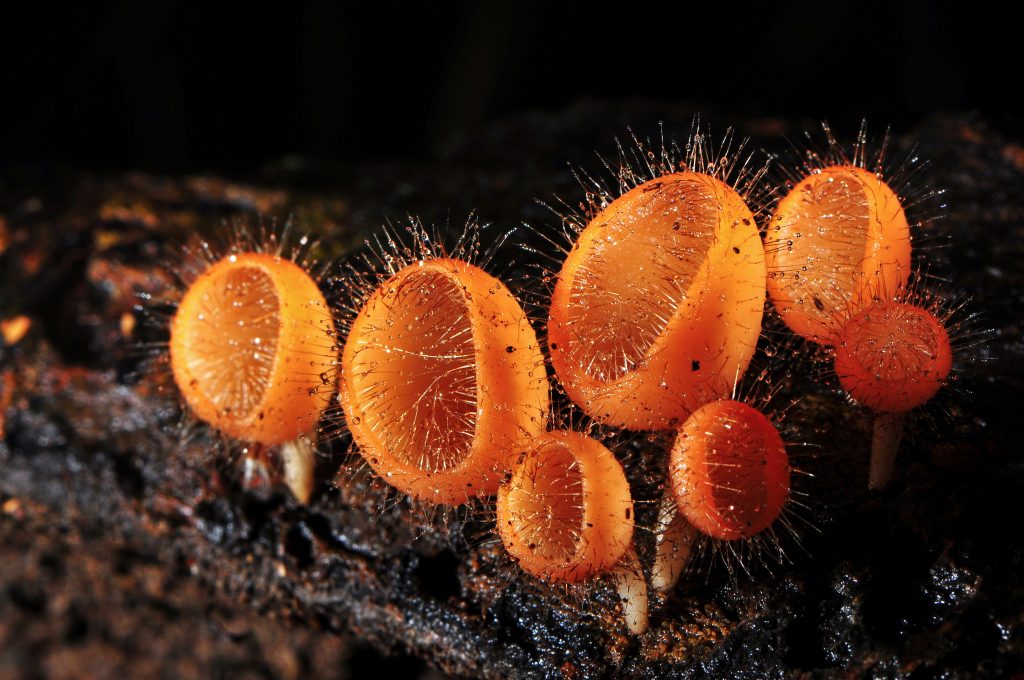
Milk
Just as milk is crucial to a healthy human diet by building the system and providing good bacteria to beat back infection, it works in much the identical way for plants, including marijuana. Milk may be a natural germicide and should boost plants’ immune systems in much the identical way it does humans. it’s a formidable treatment for mildew. Applying weekly sprays of 1 part milk to nine parts water significantly reduces the presence of mildew and can prevent it from forming if the plants aren’t currently affected. When rinsing empty milk bottles before setting up the recycle bin, pour the diluted milk around your plants instead of pour it down the drain. Your plants will love it!
Milk also acts as a disinfectant. Dip your gardening tools in milk, instead of bleach, when sterilizing between uses.
Neem Oil
Neem oil is extracted from the nut of the margosa, native to India. The insecticidal component of neem oil is azadirachtin which when applied, stops insects from feeding and developing. Neem oil is an efficient defense against ants, aphids, fungus gnats, leaf miners, mealy bugs, scale, thrips, white flies, and root weevils. Other components in neem oil have fungicidal properties combating gray mold, root rot, Septoriaand mildew.
The beauty of using neem oil within the cannabis garden is its low toxicity factor for humans, animals, and also the beneficial bugs you would like to stay around. Neem oil is so safe for humans it’s an ingredient in many home goods like toothpaste, shampoo, and cosmetics. it’s considered an organic control, won’t harm the environment, and may be found at local lawn and garden centers.
Neem oil is applied as a foliar spray, soil drench and is safe to use in hydroponic systems. within the latter, apply one teaspoon per quart of water. The oil are haunted by the basis system and distributed throughout, protecting the plant from attack.
As a foliar spray, test a not easily seen area of the marijuana plant before applying it to the whole plant. Wait twenty four hours to work out if it’s well-tolerated. Once confirmed, spray the leaves lightly. this could be done weekly until there’s now not evidence of pests or disease. don’t apply in extreme temperatures or during the day. Apply in the dark to permit the leaves to soak up the oil.

pH Up and pH Down
Maintaining the right pH level of your cannabis garden, whether soil-grown or hydroponically, is significant to deterring the expansion of disease bearing fungi. Highly acidic environments lend themselves to the fungi species which will be detrimental to your growing efforts.
pH Up and pH Down is employed in hydroponic situations to regulate the alkaline and acidity levels. water typically is at the 8.0 level thanks to the high alkaline content. The optimum pH level for hydroponically grown plants is 5.5 – 6.5. Acids are wont to lower the pH level, while alkalis are accustomed raise the amount. make sure to use a product labeled for hydroponic use otherwise you can damage the crop.
Potassium Bicarbonate
Potassium bicarbonate could be a water-soluble compound often wont to neutralize acidic soil in crops. it’s now into account as an organic fungicide. bicarbonate may be a synthetic compound resultant of a mix of carbonate, greenhouse emission, and water and is found naturally in virtually all life forms. it’s mostly seen in crystal form or as a soft, powdery substance.
Potassium bicarbonate is a good defense against mildew, Septoria leaf spot, blight, and plenty of other fungal diseases. To apply, mix three tablespoons potassium acid carbonate, three tablespoons oil and one half teaspoon soap with one gallon water. Pour mixture into a twig bottle and mist the cannabis leaves. (This also works on most edible plants).
Potassium bicarbonate is purchased from garden centers, hardware stores, and pharmacies, or is often obtained online under various brand names.
Pseudomonas
Pseudomonas could be a genus of bacteria found in water and plant seeds. the applying of this strain became widely utilized in the 1980’s as the way to forestall the expansion of crop pathogens. it’s applied to the soil or seeds, in agriculture. it’s believed the introduction of pseudomonas to the soil or seeds, induces systemic resistance of the emerging plant to pathogens. the applying is accessible by several manufacturers to manage many fungal and bacterial diseases. Pseudomonas refers to a range of species, so check labels for the actual fix you wish.
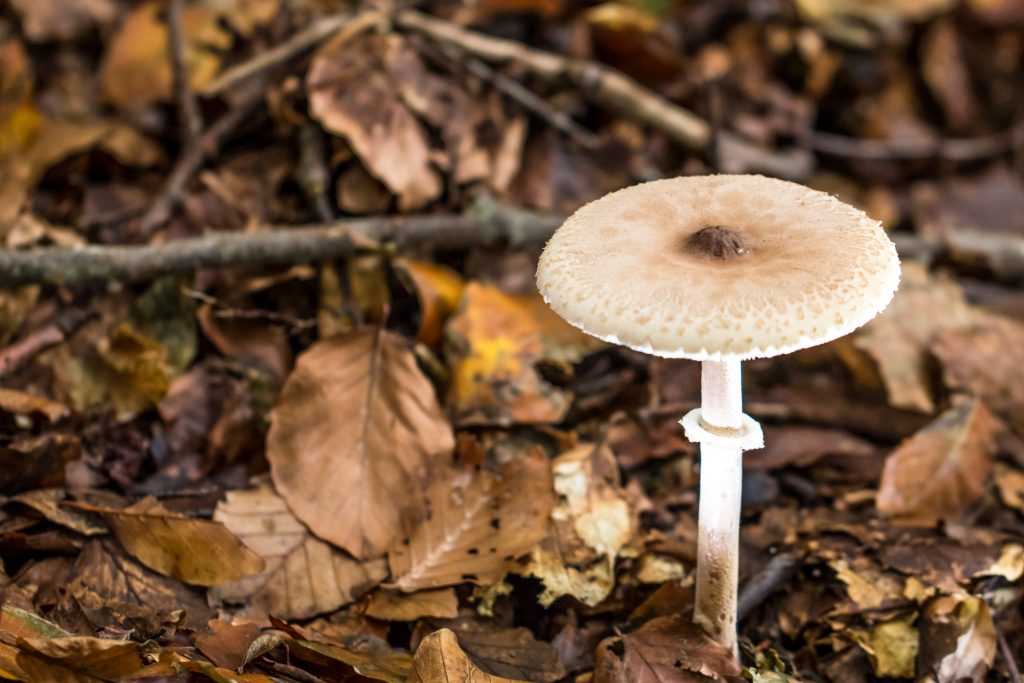
Quaternary Amines
This is a broad term touching on a category of compounds that act as disinfectants. Its use should be confined to cleaning gardening tools and work surfaces, but shouldn’t be applied to consumable plants. Sterilizing equipment and surfaces with quaternary amines will help guard against the spread of fungal pathogens to your cannabis or other plants. Check the web for suppliers.
Silica and Silicate Salts
When silica is added to the soil, it provides a strengthening agent for plant cells; it facilitates thicker cell walls, which end in stronger stems. the provision of silica to a plant’s roots provides a protective barrier, dissuading fungal extend to the inner workings of the plant’s ability to uptake nutrients. The plant becomes more capable of surviving stress once clad with the armor silica provides. additionally, enhancing the soil with silica-containing materials helps to stay aerated, allowing free flow of oxygen. this is often excellent news for weed and her counterparts!
Hydroponic environments may take pleasure in the addition of soluble silicon added to the water solution. The roots become stronger and healthier, leading to increased yields. The addition of silica in either growing situation has proven to cut back the occurrence of mildew.
Several styles of silica are available for soil or water growing media:
Dyna-Gro Pro-Tekt, a potassium silicate solution, is often employed in the soil, hydroponic systems, and as a foliar spray.
Pyrophyllite clay, and aluminum silicate in powder form, is applied as a dust or foliar spray.
Silica stone is employed in hydroponic systems and might be re-used after an intensive cleaning.
Greensand is often added to the soil to boost the advantages of silica.
Vermiculite and perlite is offered at garden centers. Mix it into the soil. Many potting soils include the amendments already added.
Diatomaceous earth contains the shells of marine microorganisms. This amendment also is an impact for soft organisms like slugs, because the tiny shells pierce their skin causing dehydration through the loss of body fluids.
Silver
Colloidal silver has long been used as a defense against algae in swimming pools and hydroponic systems. It serves to protect against plant attacking pathogens like bacteria, viruses, and fungi. Pathogens are actually suffocated to death by the little metal ions attaching to their respiratory systems. it’s a totally safe control, like humans, plants and animals won’t be harmed. It is employed in the germination process, as a soil soak or foliar application. In fact, colloidal silver has been known to strengthen many food-bearing plants, including their immune systems. Marijuana plants won’t be harmed within the least, as there’s no such thing as overdose with colloidal silver.
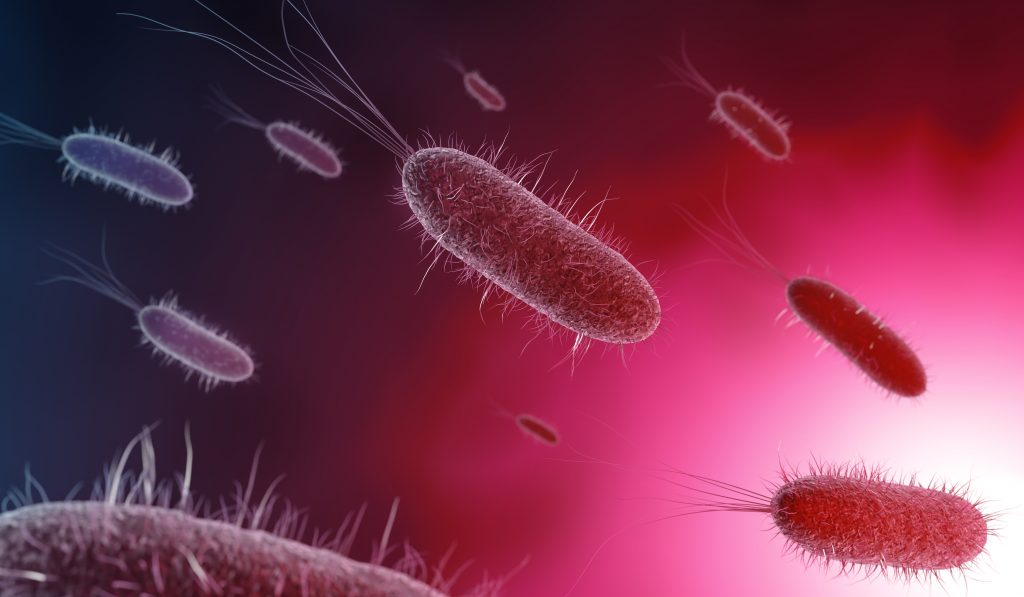
Sodium Bicarbonate
Commonly know nearly as good old bicarbonate, this inexpensive medium has many uses, including homemade treatments for ailing gardens. By utilizing saleratus within the garden, the cannabis farmer can prevent and/or control many fungal diseases. hydrogen carbonate also has the advantage of adding to the great health of your crop.
Powdery mildew will stunt the expansion of your plants and eventually cause their demise if not caught and corrected. to form a foliar spray, combine one teaspoon saleratus with four cups water and one half teaspoon liquid dish detergent or, preferably, soap. Spray the affected plants once every period until the infection has dissipated. You don’t want to overwater because of the upper sodium levels that are in potassium acid carbonate.
Streptomyces Griseoviridis – Beneficial Bacteria
That’s a mouthful, huh? This particular bacterium is out there commercially and is employed to stop plant disease, stem rot, wilt, and various fungal diseases like Fusarium, gray mold, and Pythium. Mycostop, RootGuard and Microgrow are some products available to the cannabis gardener.
Sulfur
Fungi cannot make their own food therefore they rely upon your loved one sens (and other foliage) for food. Consider them the vampires of the plant world. once they appear there should be one goal in mind: attack and retreat!
Sulfur can lower the pH level of highly alkaline soils and is additionally used as a treatment for mildew, gray mold and Septoria. If using as a foliar spray, test it on some branches and wait a pair of days before applying, as sulfur can cause leaf damage if not applied properly. Sprinkle sulfur dust on the infected plants, but follow directions carefully. Sulfur is applied as a dust or foliar spray. Sulfur in both liquid and powder form is offered at most garden centers.
Trichoderma – Beneficial Fungi
Trichoderma is present in all told soils and has been developed as a bio control against fungal diseases because of its opportunistic lifestyle. it’s parasitic in nature, forming on the roots and feeding on other fungi. Trichoderma has also been known to discourage foliar fungal diseases. Recent studies have shown that because of the parasitic nature, Trichoderma actually promotes healthy root growth. Check the web for approved available commercial products.

